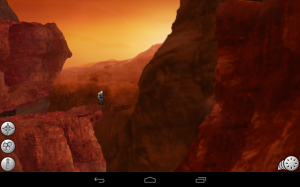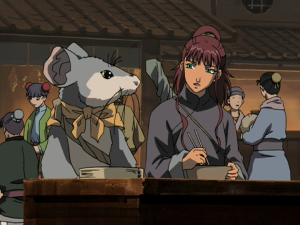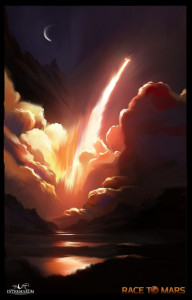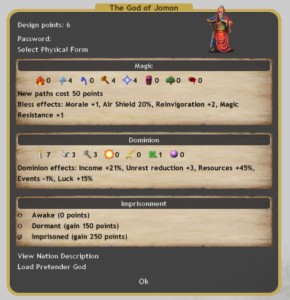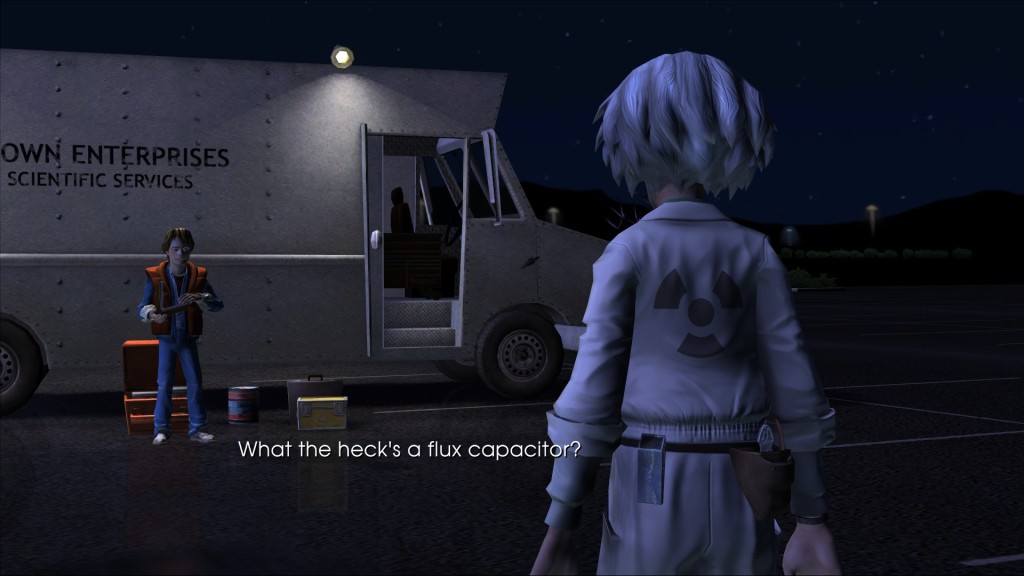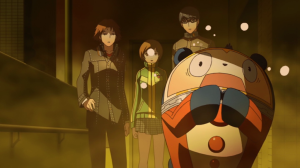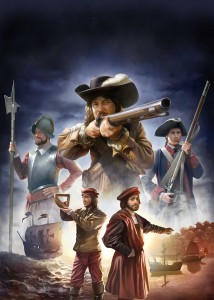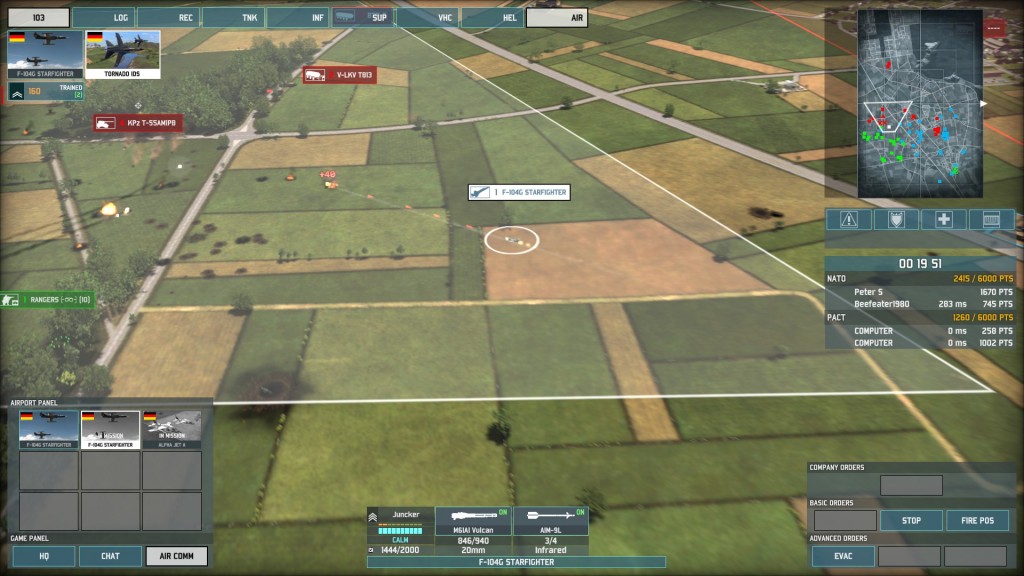The World that May Have Been
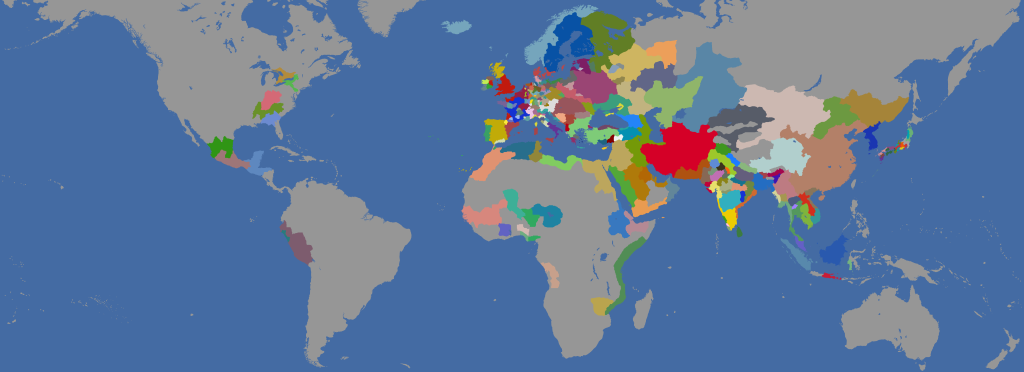
Introduction
November, 1444. Under the Ming Dynasty, China is the greatest empire in the world:
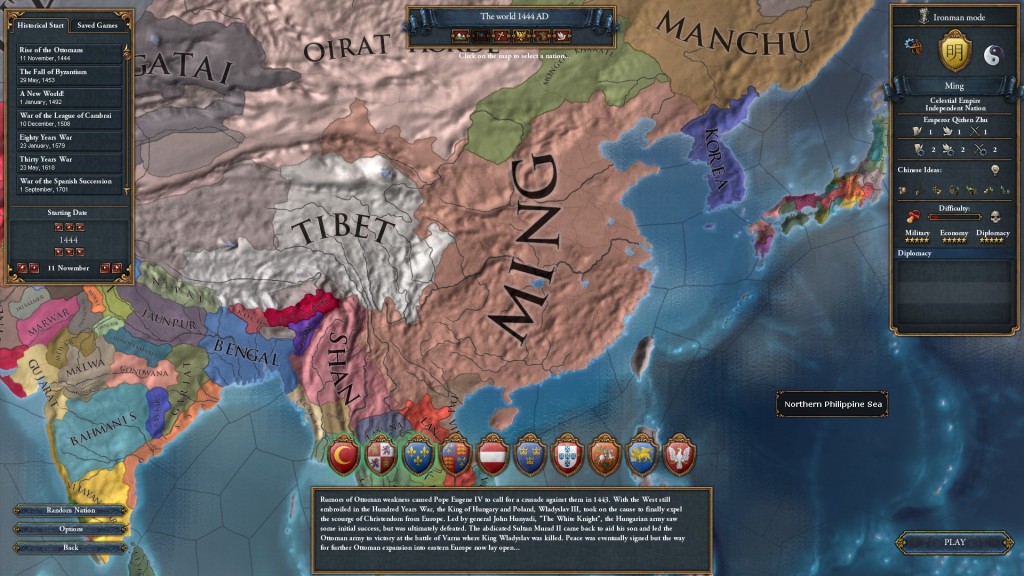
Further west, the rising Ottoman Empire dominates the Middle East and is pushing into eastern Europe:
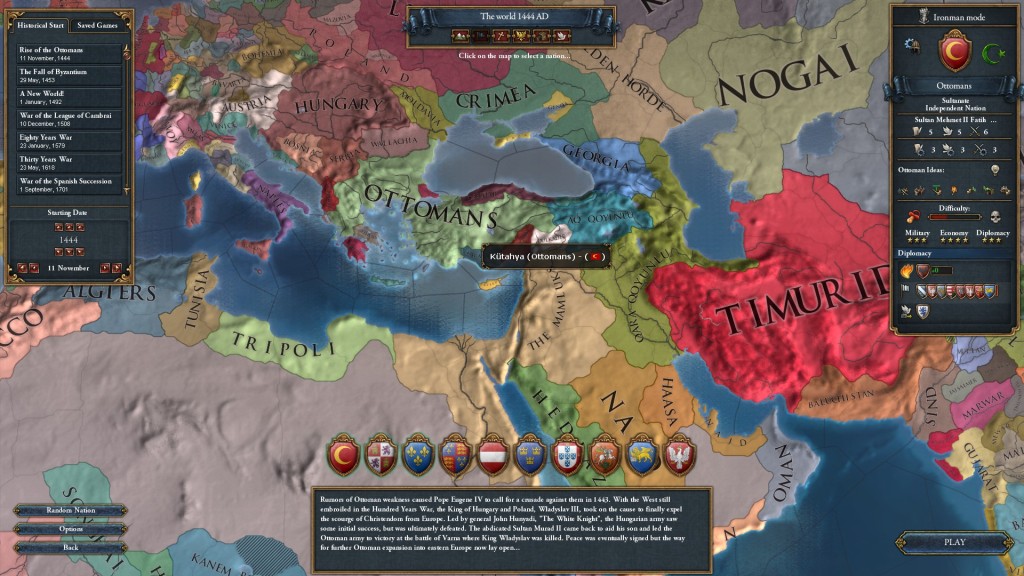
Western Europe is a chaotic patchwork of kingdoms and duchies and free cities:
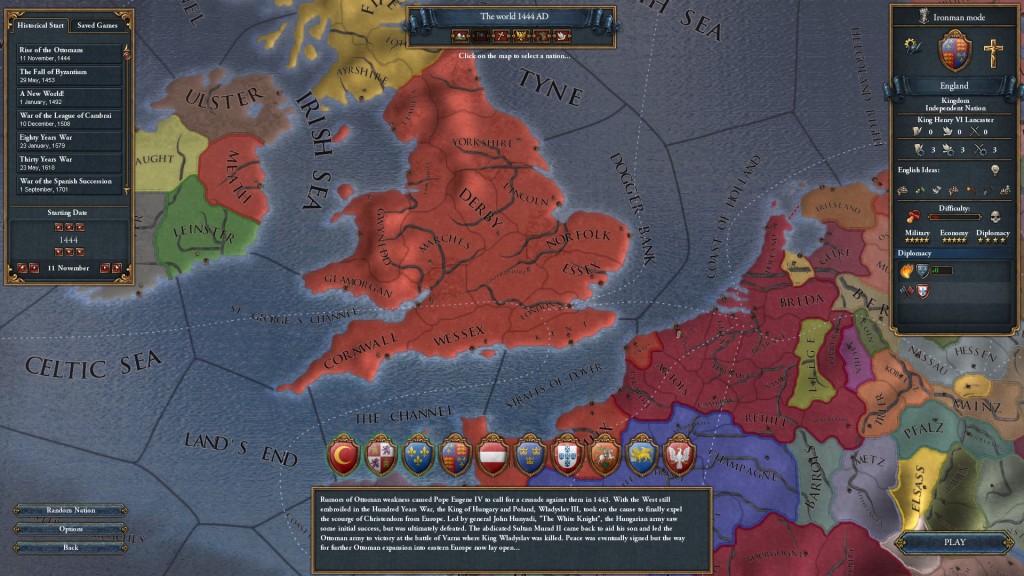
The world system that existed just a century or two ago, which saw Europe and China tenuously connected by the likes of Marco Polo, has fragmented; now Europeans and Asians and Americans carry on in their separate spheres.
The world will not stay this way.
Welcome to my Let’s Play of Europa Universalis IV, a grand strategy game from Paradox Development Studio set during the early modern era of world history. I am playing as England from the earliest possible start date, 1444; I will continue until either the game ends (in the early 19th century) or I stop having fun. In that time, I’ll explore aspects of the game such as exploration, trade, diplomacy, and war. I am also playing Ironman mode, which means I have just the one save slot and can’t abuse save/reload, and I am not using any mods except for one that enlarges the font (uncomfortably small by default). Lastly, I’ll emphasise narrative rather than gameplay, and if I do interject with an “out of universe” comment, I’ll mark it clearly, (like so). Onward to the game!
Part 1: Never Pick on Someone Your Own Size
1444 to 1469
King Henry VI, Queen Anne I
War has many faces, yet one face everywhere: anguish for the victims in the middle of it. – Lauro Martines, Furies: War in Europe 1450-1700
The winter of 1444 saw the Hundred Years’ War between England and France enter its twilight. 17,000 English soldiers huddled in continental garrisons, split between northern and western France; confronting them were over 40,000 French soldiers on the northern front alone. Henry V of England had beaten those odds a generation earlier – but his son, the reigning king in 1444, was no Henry V.
Read more
Like this:
Like Loading...




